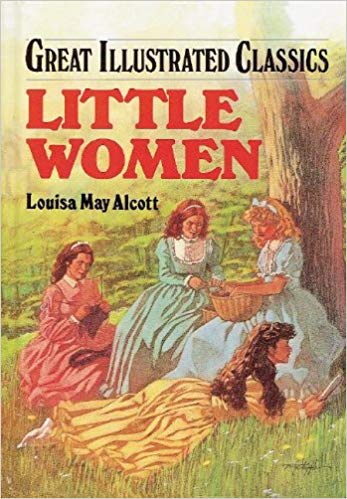Families are the “most beautiful things in all the world,” Louisa May Alcott claimed in her magnum opus, Little Women. But unlike Meg, Jo, Beth and Amy, not everyone is blessed with kind and progressive parents, and sisters who, in spite of all their faults, stick together when the going gets tough. Alcott knew this. Even though it was her own kin that she turned to when it came to fleshing out the characters of her book, the finished work had wiped out all traces of the religious radicalism, marital strife, suicidal thoughts and mental illness that darkened her own family life.
But evasion is not the only tactic that authors have employed while sifting through their family histories. October is Family History Month in various parts of the world and thus the right time to dig into what books can reveal or conceal about the origins of their creators. Alcott hides away her father’s mental illness — unsurprising given the times she lived in. But Siddhartha Mukherjee is compelled by the unravelling minds of his family members to go on a quest to trace the history not just of mental illnesses but also that of the gene, the most elemental connection that binds families together. In The Gene — what he calls an “intimate history” — Mukherjee brilliantly entwines empirical scientific inquiry with an empathetic exploration of the fallible people who shaped his life.
Jerry Pinto, too, chooses to reveal rather than conceal. His Em and the Big Hoom is a loving, agonizing, moving account of life with a mother who is ragingly, painfully mad, who hurts as much she loves. But it is more universal; it is about parents being the looking glasses that we sometimes recoil from because in their ageing faces and increasingly erratic behaviour we see our future selves. It is also a reminder that ‘normalcy’ and ‘madness’ are not airtight categories.
This fluidity of the idea of sanity is something Gerald Durrell recognizes. He challenges the popular perception of insanity with his mad-as-a-hatter family, which arrives in Corfu piled into a horse-drawn cab pursued through the streets by 24 howling dogs “in a solid, panting wedge”. If Mukherjee uses scientific logic to cope with the madness in his family and Pinto achieves catharsis by pouring his heart out, Durrell resorts to copious amounts of humour.
As chaotic as the life of the Durrells in Corfu is life inside The Yellow House. In Sarah Broom’s novel, the eponymous house is a perfect metaphor for families — it is respectable on the outside, pandemoniac on the inside with unfinished stairs and walls, raw framing, exposed wires and holes in the floor, door-less cabinets, faulty plumbing, and abundant termites and flying cockroaches. After all, what better way to document family history than to explore the house where it all unfolds?











